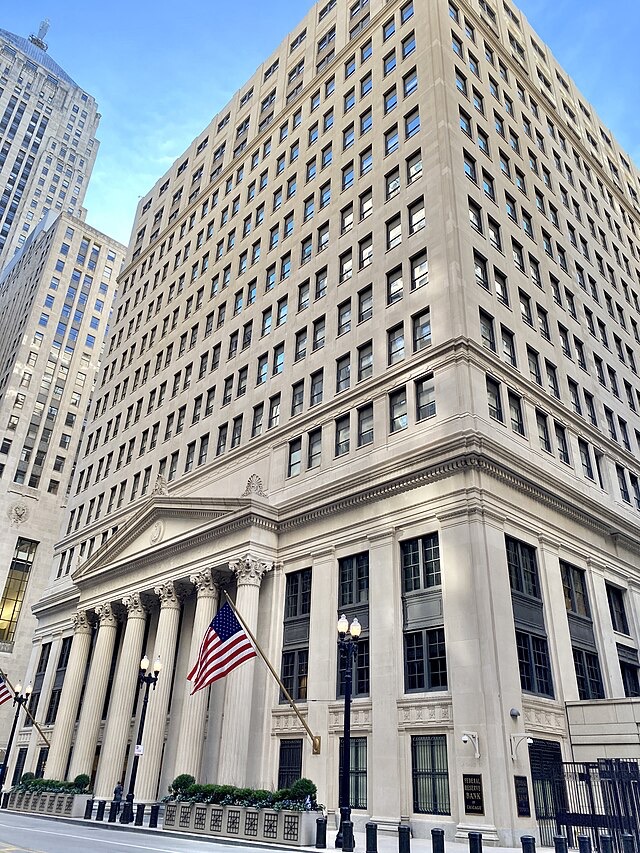The Federal Reserve has rebuffed President Donald Trump’s increasingly vocal demands for interest rate cuts, voting unanimously on Wednesday to maintain the benchmark rate at its current range of 4.25% to 4.5%.
The decision marks the Fed’s first rate announcement since Trump returned to office on 20 January and sets up a potential clash between the White House and the central bank over monetary policy independence. The Fed has now held rates steady at all three meetings in 2025, following three consecutive cuts totalling one percentage point last year.
Trump responded furiously to the decision on his Truth Social platform, declaring: “Because Jay Powell and the Fed failed to stop the problem they created with Inflation, I will do it by unleashing American Energy production, slashing Regulation, rebalancing International Trade, and reigniting American Manufacturing.
Presidential Pressure Intensifies
The president’s frustration with Fed Chair Jerome Powell has escalated dramatically in recent weeks. At a videoconference address to the World Economic Forum in Davos last week, Trump stated he would “demand that interest rates drop immediately,” adding: “I know interest rates much better than they do.
Trump told reporters after Wednesday’s decision: “We’re keeping the rates high, and it’s hurting people from buying houses. All because of the Fed.” He has repeatedly been asked whether he would fire Powell if he failed to heed demands for rate cuts, though the Fed chair’s removal would be legally contentious.
In his social media tirade, Trump added: “If the Fed had spent less time on DEI, gender ideology, ‘green’ energy, and fake climate change, Inflation would never have been a problem.
Powell Maintains Independence
At his press conference following the announcement, Powell declined to engage with Trump’s comments, stating: “I’m not going to have any response or comment whatsoever on what the president said.” He emphasised that “the public should be confident that we will continue to do our work as we always have.”
Powell, whose term as Fed chair expires in May 2026, confirmed he has had no direct contact with Trump since the president’s recent statements. He has previously stated he would not step down if asked and that his removal is “not permitted by law.”
The Fed’s statement removed language from previous releases saying inflation “has made progress toward” the 2% goal, noting instead that it “remains somewhat elevated.” Powell acknowledged that recent inflation data looked “good” but cautioned: “We’re not going to over-interpret two good or two bad inflation readings.
Economic Uncertainty
The central bank’s decision reflects growing uncertainty about the economic outlook, particularly regarding Trump’s proposed policies. Fed officials have expressed concern that the president’s threatened tariffs on imports could reignite inflation, whilst mass deportations could limit the workforce and make controlling prices more difficult.
We don’t know what will happen with tariffs, with immigration, with fiscal policy and with regulatory policy,” Powell stated. “We feel like we don’t need to be in a hurry to make any adjustments.”
According to minutes from the December meeting, Fed officials noted “the likely effects of potential changes in trade and immigration policy” as reasons for caution, with “almost all participants” judging that “upside risks to the inflation outlook had increased.
Market Reaction
All three major stock indices closed lower following the decision, reflecting investor disappointment that borrowing costs will remain elevated for consumers and businesses. The decision means continued high costs for mortgages, car loans and credit cards.
Financial markets are now pricing in the possibility of no rate cuts until June at the earliest, according to the CME FedWatch tool. Some analysts suggest the Fed may hold rates steady throughout 2025 if Trump’s policies prove inflationary.
Congressional Support Questioned
The tension between Trump and the Fed has drawn in Congressional Republicans. House Speaker Mike Johnson told Bloomberg he is “disenchanted” with Powell and is even open to modifying the 1913 Federal Reserve Act that created the central bank, though such changes are not expected in the near term.
At least two Fed governors have shown sympathy for Trump’s position. Christopher Waller has hinted he may publicly dissent if rates remain unchanged, arguing that any inflation from tariffs would be temporary. Fed Vice Chair for Supervision Michelle Bowman has also suggested considering rate cuts.
Historical Context
Trump’s public pressure campaign represents an unprecedented challenge to Fed independence. Whilst previous presidents have privately expressed frustration with monetary policy, none have been as aggressive or public in their attacks on the institution.
Former Kansas City Fed president Esther George warned: “This is a campaign of undermining the chairman’s credibility and really trying to undermine his public support in the face of what I think is the real objective, and that is to get a lower rate environment in place.
The Fed’s benchmark rate currently sits well above those of many other developed nations, a point Trump highlighted in a handwritten note delivered to the Fed on Monday, claiming Powell had “cost the USA a fortune.”
As the standoff continues, markets and economists await signs of whether the Fed will maintain its independence or eventually bow to presidential pressure, with significant implications for inflation, economic growth and the central bank’s credibility.
Follow for more updates on Britannia Daily
Image Credit:
Federal Reserve Bank of Chicago – Photo by Beyond My Ken, licensed under CC BY-SA 4.0, via Wikimedia Commons.



